
Describe and draw
You’ll need
- Coloured pens or pencils
- Scrap paper
- Print-outs of the photos of the chosen people
Before you begin
- Use the safety checklist to help you plan and risk assess your activity. Additional help to carry out your risk assessment, including examples can be found here. Don’t forget to make sure all young people and adults involved in the activity know how to take part safely.
- Make sure you’ll have enough adult helpers. You may need some parents and carers to help if you’re short on helpers
This activity could be run for International Women’s Day, which is celebrated on the 8 March every year. International Women's Day (IWD) is a global day celebrating the social, economic, cultural and political achievements of women. The day marks a call to action for accelerating women's equality. It can also be a great way to introduce young people to inspirational women. International Women's Day has occurred for well over a century, with the first IWD gathering in 1911 supported by over a million people. Find out more about Girls and Women in Scouts.
See what you say
- Gather everyone in a circle. Tell everyone you're playing a game called 'Draw the description'.
- Read the description of the first person below.
- Everyone should draw the person based on the description given. Encourage people to draw the image they see in their minds as the person is described. They could use coloured pencils to draw the most detailed version they can, such as blue eyes, red hair or orange jumper.
- Give everyone a few minutes to complete their drawings.
- Encourage everyone to share what they've drawn. Compare the similarities and differences between the drawings:
-
- What are they wearing?
- What eye and hair colour do they have?
- Are they short or tall?
- What are they wearing?
- How old are they?
- Show everyone the picture of the first person and reveal their name.
- Chat about whose drawing is most similar to actual image of the person. What are the most significant differences in people’s drawings and the actual image?
- Ask people why they drew the description the way they did. What about the description made them think the person looked a certain way?
- Repeat steps one to five with the descriptions of other people.
- I’ve won 11 Olympic gold medals.
- I’ve held over 30 world records.
- I’ve won the London Marathon six times.
- In 2019 I was awarded the Lifetime Achievement Award at the BBC Sports Personality of the Year.
- In 2020, I was elected as the Chair of Trustees for the Duke of Edinburgh’s Award (DofE).
Baroness Tanni Grey-Thompson
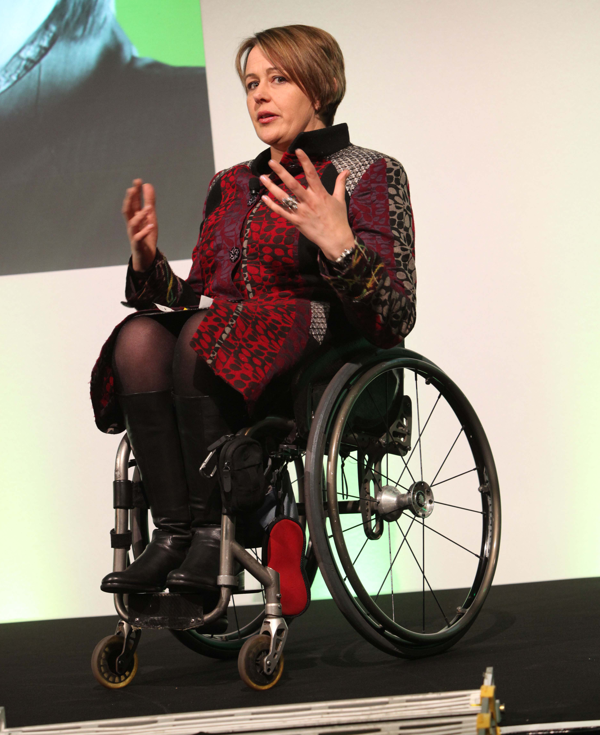
By NCVO London https://www.flickr.com/photos/ncvophotos/5491628510/
- Growing up, I was one of the top tennis players in North America.
- I studied for a PhD in astrophysics.
- I worked at NASA developing the Space Shuttle’s robotic arm, which is used to deploy satellites.
- I am the youngest American astronaut to have travelled into space.
Sally Ride
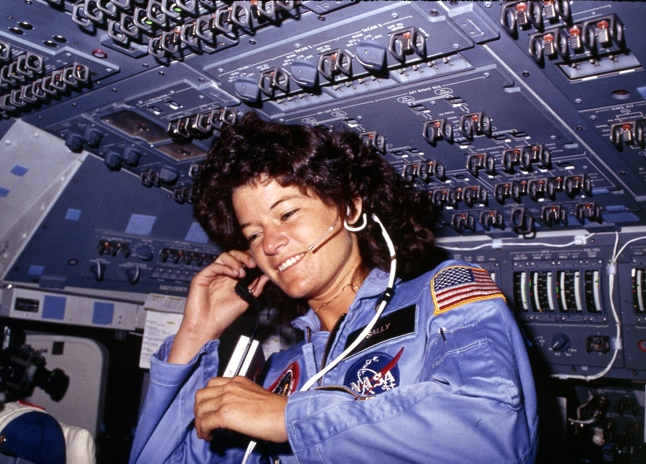
By Unknown author or not provided - U.S. National Archives and Records Administration, Public Domain, https://commons.wikimedia.org/w/index.php?curid=17239529
- Being infected with tuberculosis as a teenager inspired me to pursue a career in medical research.
- I created the world’s most effective drug for fighting malaria, which has saved millions of lives.
- In 2015, I won the Nobel Prize in Physiology or Medicine.
Tu Youyou
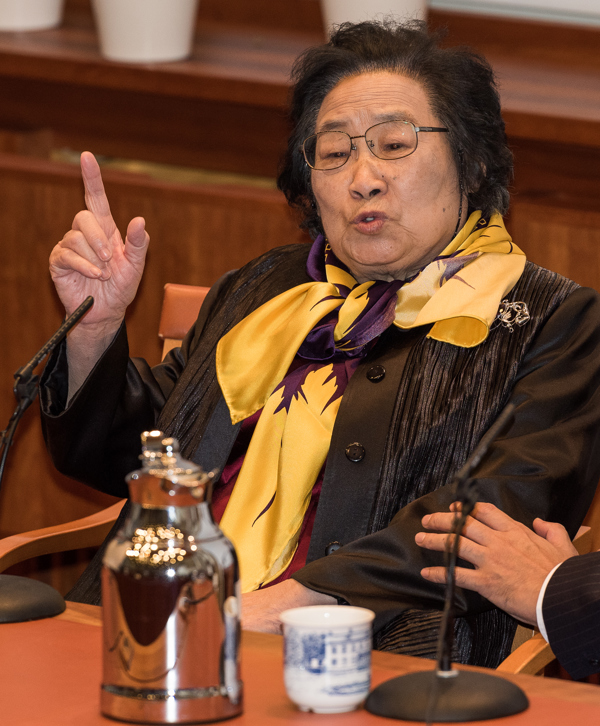
By Bengt Nyman - Own work, CC BY-SA 4.0, https://commons.wikimedia.org/w/index.php?curid=45490782
- I joined the U.S. Naval Reserve in world war two and eventually became a Navy commander.
- I coined the term ‘computer bug’ after taking apart a machine that wasn’t working a discovering a large moth inside it.
- I programmed one of the earliest computers.
- I created the first computer language ‘compiler’, which translates compute code into programming languages and allowed people to write programmes for multiple computers.
- I was awarded the Presidential Medal of Freedom.
Grace Hopper
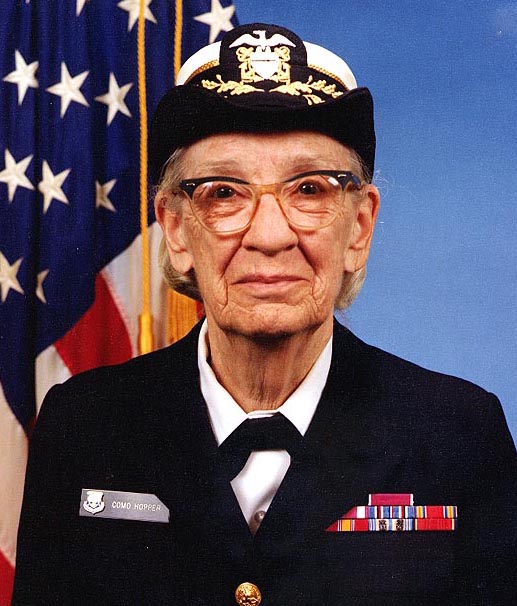
By James S. Davis - Naval History and Heritage Command NH 96919-KN (JPG), Public Domain, https://commons.wikimedia.org/w/index.php?curid=55260
- I co-founded a TV network, which I sold for $2.9 billion in 2001.
- I served on the Executive Committee of the United States Golf Association.
- I am currently the CEO of a luxury hotel chain.
- I own a national ice hockey team and two national basketball teams.
Sheila Johnson
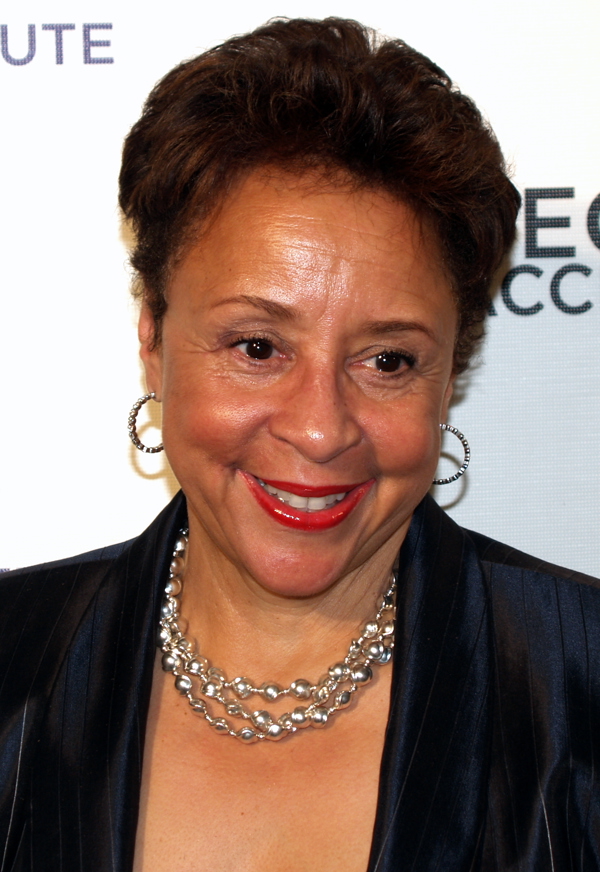
By David Shankbone - Own work, CC BY 3.0, https://commons.wikimedia.org/w/index.php?curid=6930535
Reflection
Unconscious bias is when we have stereotypes about certain groups of people without realising it. For example, we might presume doctors are men and nurses are women, because we’re used to hearing about and seeing male doctors and female nurses in the media.
It may also mean that we expect achievements from some groups of people and not others. This may come across unsupportive and can even lead to prejudice.
Everyone has unconscious bias as it’s part of how our brains understand the world, so it’s really important to challenge the way we’ve always seen and done things.
In this activity, everyone drew people based on descriptions of the work they’ve done and impact they’ve made. Ask everyone to think about the drawings which differed a lot from the actual image.
What was it that made you choose a certain age, race, gender, size, or look for the person? This is a really difficult question, but often we associate certain traits with certain jobs, personalities or achievements.
This is unconscious bias and is caused by lots of things, like only learning about history from one perspective, or watching TV shows and movies where characters are built on ignorant or harmful stereotypes.
There are many ways to reduce unconscious bias. Ask if anyone can think of some suggestions. For example, you could:
- Engage with positive images of people of different genders, races or abilities by reading stories, such as ‘Little Leaders: Exceptional Men in Black History and Exceptional Women in Black History’ by Vashti Harrison or film, such as ‘The Peanut Butter Falcon’.
- Talk about how people have been discriminated because of their race, gender, sexuality, ability and age. If you understand the problem, you can better address it.
- You should always try to read more than one account of history. People’s perspectives and experiences of what happened (and how it happened) differ.
Safety
All activities must be safely managed. You must complete a thorough risk assessment and take appropriate steps to reduce risk. Use the safety checklist to help you plan and risk assess your activity. Always get approval for the activity, and have suitable supervision and an InTouch process.
- Online safety
Supervise young people when they’re online and give them advice about staying safe. Take a look at our online safety or bullying guidance. The NSPCC offers more advice and guidance, too. If you want to know more about specific social networks and games, Childnet has information and safety tips for apps. You can also report anything that’s worried you online to the Child Exploitation and Online Protection Command. As always, if you’ve got concerns about a young person’s welfare, including their online experiences, follow the Yellow Card to make a report.
If people don’t want to draw on paper, they could use a free online app, such as MS Paint or avatar maker.
All Scout activities should be inclusive and accessible.
Encourage people to pick someone who interests them and write a bullet point description. Play the game again in another session, taking it in turns for people to describe their chosen person.

